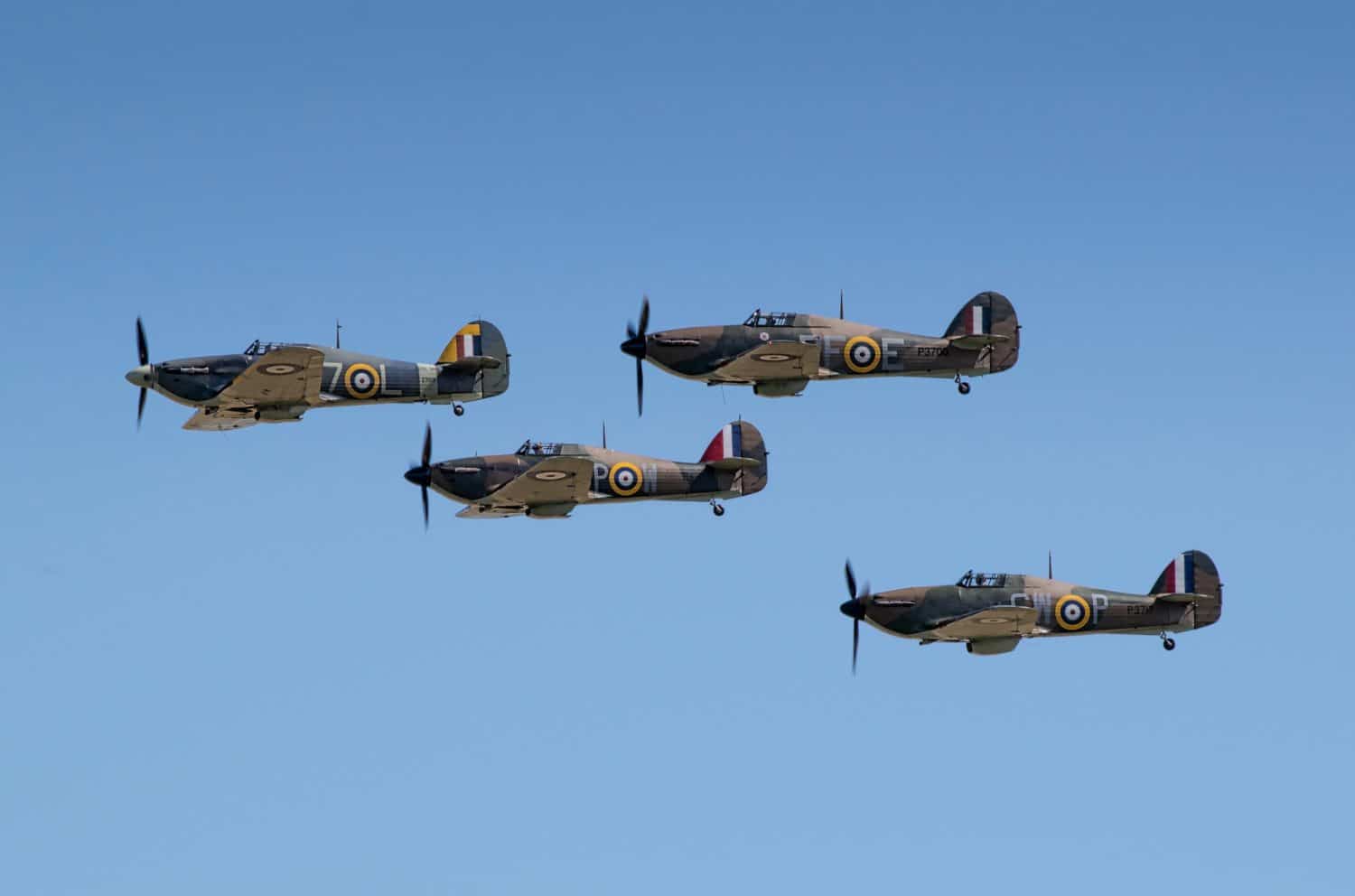
Are you a World War II history buff (maybe, even a fanatic)? Do you find yourself reaching for every World War II movie, book or documentary? Or maybe you’ve decided it’s time to learn more about one of our nation’s, and Europe’s most significant periods of history? If so, then on your upcoming trip to Europe, a visit to a World War II museum is the next step in your historical education. So, for all the World War II history buffs out there, here are some of the World War II museums most worth visiting.
WW2 in England
The Imperial War Museums are actually a family of five museums in England, dedicated to telling the story of England’s involvement in military conflicts from World War I to the present day. London is the site of the main museum, simply referred to as IWM London. This remarkable museum features permanent exhibits that focus on the “Secret War”—intelligence and espionage, a Holocaust display, and a collection of over 240 military medals. The exhibits are intended to nurture an understanding of the history of WWII through the lived experience of soldiers and civilians.
London is also home to two other IWM locations. The Churchill War Rooms museum is located beneath the Treasury building in Westminster, visitors are able to tour a vast labyrinth of rooms and corridors where Churchill was able to spend night and day engaged in World War II decision-making, meet with his Cabinet, review intelligence, and even eat and sleep. Private tours are available. The other London member of the IWM network is the restored HMS Belfast, moored along Queen’s Walk, near Tower Bridge. The Belfast is one of only three remaining ships that were part of the bombardment effort on D-Day (the other two being in the United States).

The final two IWM museums are at the Duxford Aerodrome, just a little over an hour from London, and the IWM North museum in Manchester. Duxford is England’s aviation museum. The Duxford base itself was used by the R.A.F. in England’s defense against Germany’s air attacks during the Battle of Britain and by Britain and US airplanes as a staging area for the Normandy invasion. IWM North features a Russian T-34 tank and a US Marine Corp AV-8A Harrier jet.
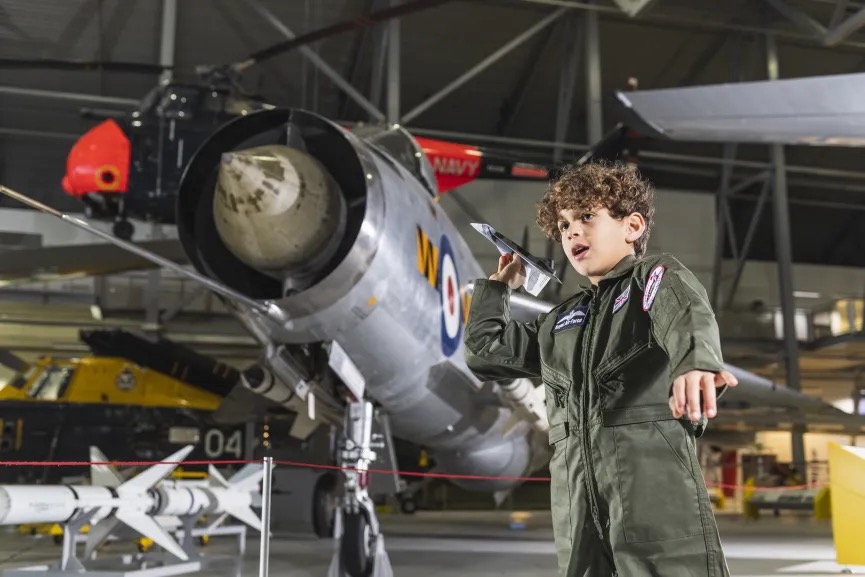
WW2 in France
Utah Beach Landing Museum in northern France is located on the exact beach where the first U.S troops landed on June 6, 1944. The Utah Beach Landing Museum shows the battle and maneuvers that took place on the beach at Sainte-Marie-du-Mont. This museum features a narration of the story of the day the US 4th Infantry Division captured the beach.
Visitors will see an original B-26 jet bomber, which is only one of six remaining in the world.
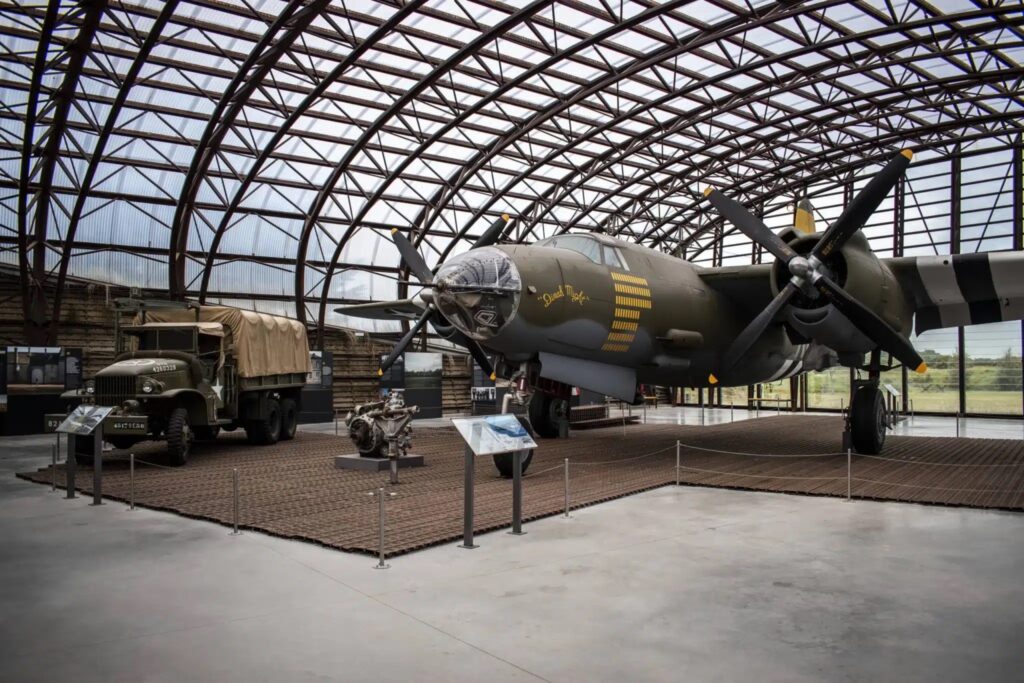
Exhibits detail the strategic choices for the Allied conquest of Normandy and go behind the scenes to discover the reasons for the victory at Utah Beach. A special feature is the movie that describes the D-Day landing (it’s shown in theater-style seating and repeats every 40 minutes in English).
Located just off the square of Sainte-Mère-Eglise, the Airborne Museum is rated by some visitors as the best of the Normandy D-Day museums. On the night of June 5, 1944, and on into June 6, the American paratroopers of the 82nd and 101st Airborne Divisions glided and parachuted into Normandy in advance of the beach landings. This museum chronicles their heroic efforts.
Housed in three structures, the museum holds over 10,000 objects, including a C-47 cargo plane and a WACO Glider, which was the most extensively-utilized American troop/freight military glider during the Second World War. One hundred mannequins display helmets, jackets, weapons and other equipment of the invasion.
WW2 in Germany
Located just about 45 minutes outside Berlin, the German-Russian Museum is devoted to German-Soviet affairs, with an emphasis on the German-Soviet conflict from 1941-1945.
For most visitors, the most dramatic portion of the museum will be the “Surrender Room,” called such because it is the site of the German unconditional surrender on May 8, 1945. The room remains in its original state, and an accompanying film continuously shows the signing of the Act of Surrender.
Other exhibits include an original Soviet display created for Soviet soldiers posted in Berlin, and an exhibition of replicas of Soviet military equipment from the Second World War and the postwar age.
The museum annually observes May 8, the date World War II ended in Europe.
WW2 in Norway
Norway’s Resistance Museum collection spotlights the Norwegian resistance. If you’re curious about the Norwegians plight during the occupation of Norway by Nazi Germany from 1940 to 1945, this is the place to visit. Photographs, documents, posters, items, replicas, original duplicates of newspapers and footages, are all used to tell the story of life in occupied Norway. Adjacent to the Museum is the memorial for Norwegian loyalists executed during World War II.
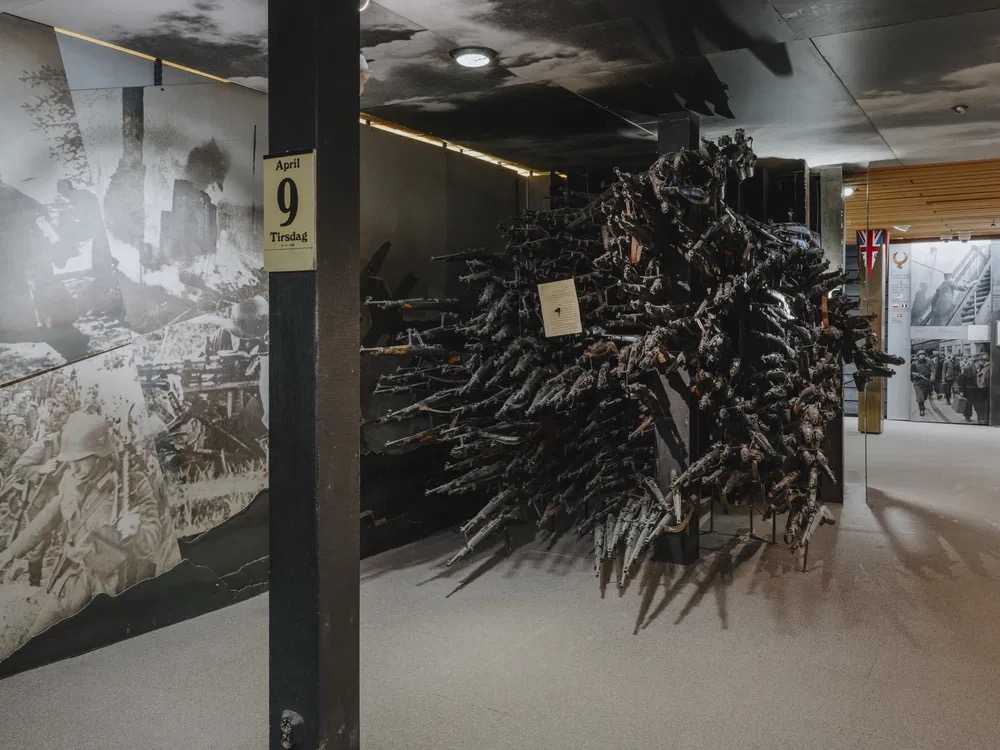
WW2 in Hungary
A former hospital during wartime, The Hospital in the Rock Nuclear Bunker Museum displays waxwork restorations of hospital treatments and everyday scenarios for the period of the siege. View equipment, civil protection uniforms, stretchers and a special operations forces exhibit. Visitors will hear the story of how thousands of individuals, soldiers, and citizens alike were nursed before the end of the war.
In the 1940’s, the hospital was constructed in the caves underneath Buda Castle in Budapest, Hungary. In planning for World War II, the mayor of the Hungarian capital, Dr. Károly Szendy, prearranged the construction of an emergency hospital and strengthened the bomb shelter under Buda Castle. Now, with over a million visitors (virtual and in person) the museum proudly states that:
“Its mission is to show the true face of war and highlight the value of peace. It commemorates the everyday heroes who testified to their determination and heroism during the most difficult periods of the twentieth century. Its primary purpose is to preserve and present the eternal values they represent.”

WW2 in Italy
Museo Storico dello Sbarco is housed in one of the buildings forming the cultural center, and it can be a little tricky to find. The museum focuses on the period of the Allied landing in Sicily, from July 10 to September 8, 1943. Over 9,000 square feet of museum space, spread over three floors, recreate the conditions of local life. Visitors can participate in a replica of a local street, and duck into a bomb shelter while the ground shakes from the raid. Visitors emerge from the shelter to find the street in ruins. Memorabilia, an extensive photo display, and replicas of Axis and Allied leaders fill the balance of the museum.
WW2 in Gibraltar
During World War II, Gibraltar’s military became increasingly significant, as Italy joined Germany in European and Northern African aggression. However, Gibraltar had a shortcoming—it lacked space for storing equipment and food and for housing personnel. The solution was tunneling. These tunnels remain intact today and are available to visitors at the World War II Tunnels, Gibraltar.
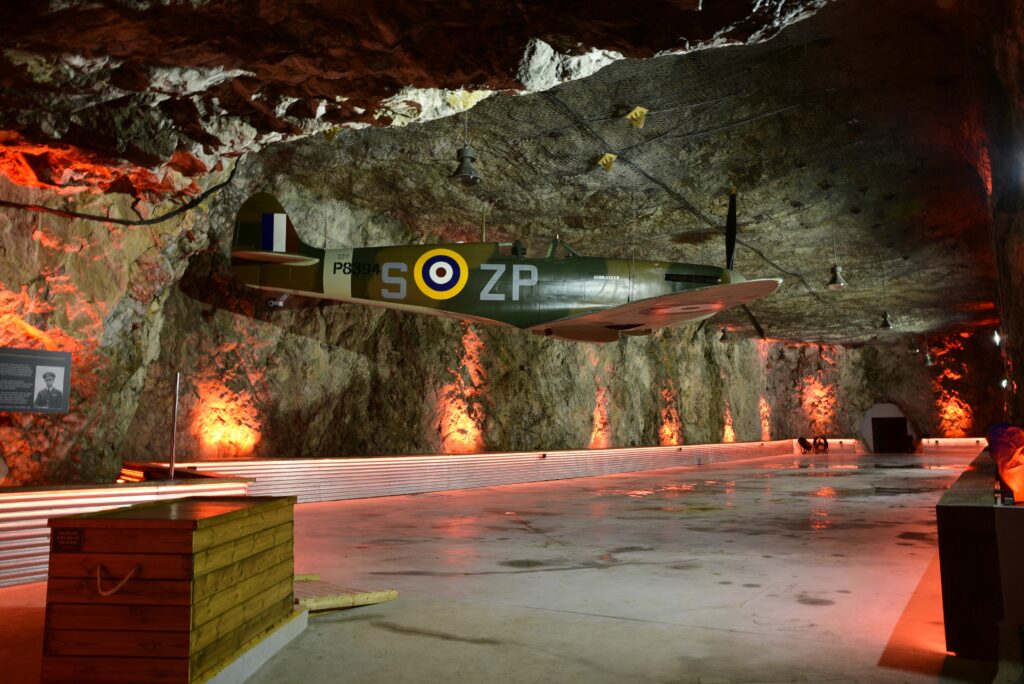
With tunnels providing underground space as well as a safe link to different parts of the base, the resulting underground city supported 16,000 troops and civilians, and food to last sixteen months. The tour can’t possibly cover all 34 miles of tunnels, but visitors will see the underground hospital, communications center, and munitions storage center.
[Written August 2019; Updated February 2025]


Leave a Reply